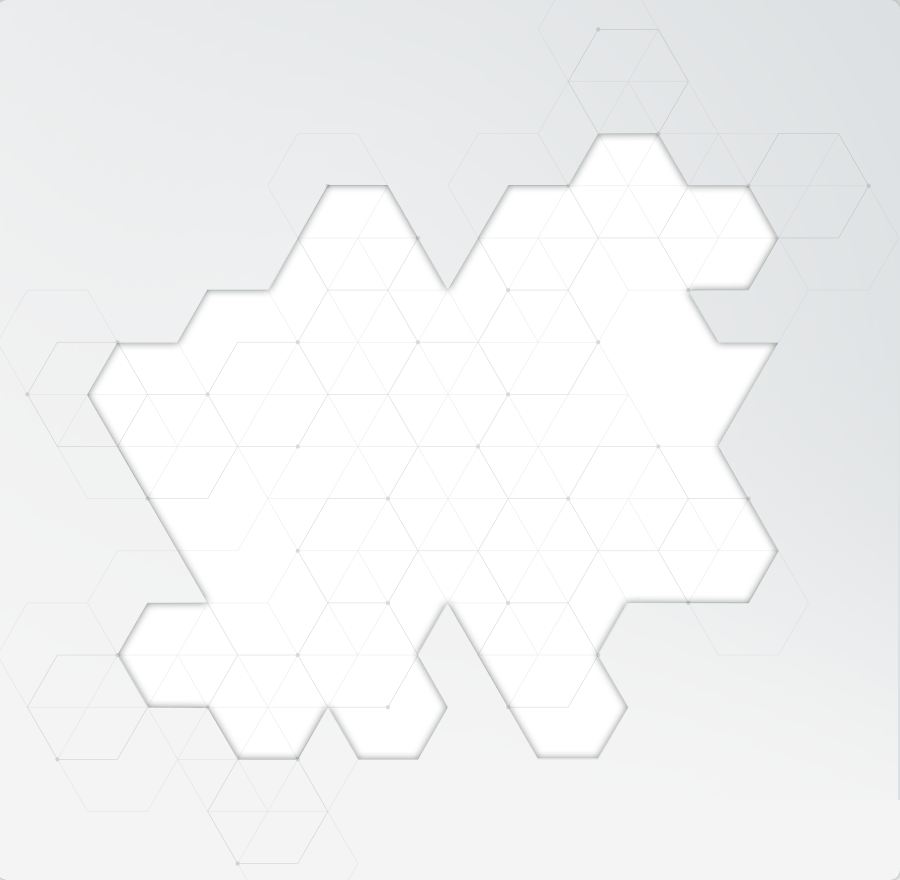

Focused Ion Beam Scanning Electron Microscopy (FIB-SEM) has become an essential tool for materials science and engineering. It is a technology developed from the simpler form of SEM (Scanning Electron Microscopy). The difference between SEM and FIB is that the beam of electrons that is used in SEM for imagining of the sample surface is replaced by a focused beam of ions.
In FIB, a finely focused beam of ions (usually gallium) can be operated at low beam currents for imaging or at high beam currents to directly affect the surface of a sample, i.e. for site specific sputtering or milling.
A FIB becomes a powerful tool when it is combined with an SEM, where a dual electron beam intersects the ion beam at a 55° just above the sample surface, enabling simultaneous SEM imaging of the surface milled by FIB. Such a configuration in dual beam systems ensures high level of precision in all FIB milling tasks (micro/nanomachining/nanopatterning).
A FIB-SEM can also be used to deposit material via ion/electron beam induced deposition by scanning an area with the beam, when a gas precursor is introduced to the vacuum chamber by using Gas Injection System (GIS). Almost any shape can be deposited, either using the shapes and text provided by the software or importing an image.
GIS provides precursor reactive gas sources to deposit material, to reduce charging effect from both electron and ion beams, to assist in enhanced etching and to protect the sample and reduce curtaining effects on the cross-section during ion beam milling.
The method has been widely adopted in the fields of semiconductor and electronic development, materials science, biology, neuroscience, and more.

Lectures, interesting facts and information in the field of nanomaterials and hydrogen technology.
© 2021 Matematicko-fyzikální fakulta Univerzity Karlovy.
Všechna práva vyhrazena. | Cookies